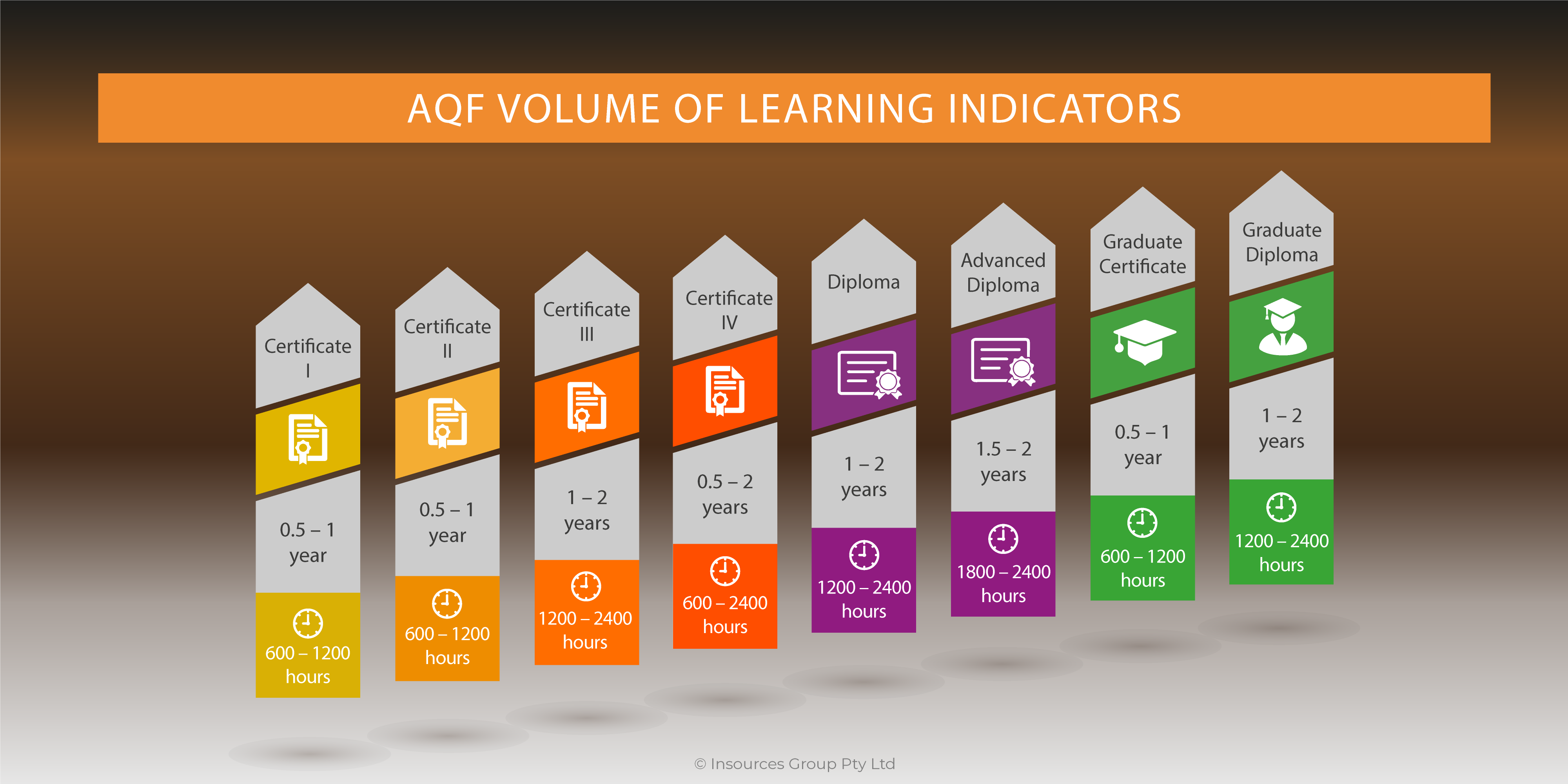Too many trainers still stand behind a podium, relying on content to drive learning. It’s time for those trainers and instructional designers working in the Vocational Education sector to realise that content is not what drives learning in VET.

We don’t teach content, we teach people. We teach people to achieve outcomes, to perform a job under industry standards.
Some factors to consider
Information overload. Students can watch speakers, read information sheets and research content at any time. Students need the interaction, the engagement and the experience.
Internet provides access to info graphics, case studies, blogs, podcasts, videos, tweets, about almost anything. As VET practitioners, we can make good use of them, but these publicly available resources will not make a relevant learning experience for our learners.
We live in the Information Age—and there’s too much of it! For example, according to some estimates published by the Association for Talent Development (ATD), there are more than 120,000 books and texts on leadership development, with 3,000 more being published each year. We don’t have a content problem; we have a filter problem. We must filter that content through the context of whom we’re trying to connect with and teach.
Content is what we’re pouring into people. Context is everything that makes those people unique. It’s why they’re doing the training: the conditions where they will be applying their learning, the expectations of their clients and workplace. It’s their age, interests, attention span, engagement level and beliefs.
People learn in the silence. We learn in the pauses, reflection and meditation. Don’t you have your best ideas when meditating, in the shower, while driving, or when falling asleep? We learn in the spaces in between life. We can’t deliver lectures to learners anymore; that’s not how people learn.
Content is only one part of the equation. VET programs should always be based around the learn-say-do-reflect model. It’s about providing an experience. We can’t teach someone to ride a bike or drive or how to use new technology without putting them on the bike or in the car or the device in their hands.
Attention-span deficit. We live in the digital era, where our mind switches on and off every 5 to 20 minutes. The average song you listen to is about three to four minutes. The average watching time of a YouTube video is three to five minutes. Any scene in a movie runs between a quick moment and no more than 15 minutes before switching to a new scene. It takes no more than 15 to 20 minutes to read any article in any paper. TED Talks are 18 minutes. Stories in the news last no more than a few minutes, unless they are documentaries.
We can’t lecture or speak to learners (of any age) for more than 15 to 20 minutes at a time. Their attention will be gone after that. People start wondering what’s next. They check their smartphones. They look at the clock.
Students need more space. Spaced learning is about engagement, conversations and one-to-one interaction. It’s about exercises, simulations, demonstrations, and students teaching students. Spaced learning is about reflection, giving participants time during the session to turn their insights into actions.
After a training course, people are going back to their lives, their desks, their email and texts, or the next most important thing on the list, but not back to reflect.
VET programs must provide the framework to support student’s learning, post training. We need to provide action plans, explain exactly what they need to do immediately to get to the next level, and how to progress. In other words, follow-through on promises made with the learning objectives.

VET is not about content because we don’t teach content, we teach people. We facilitate learning experiences. That’s what we do.




